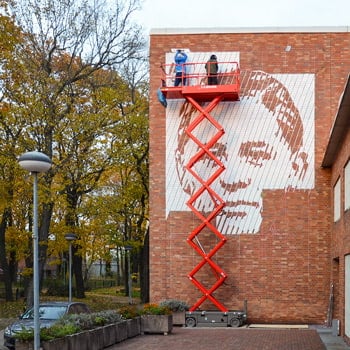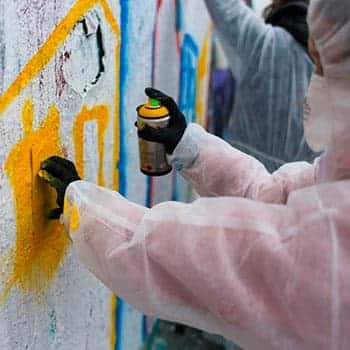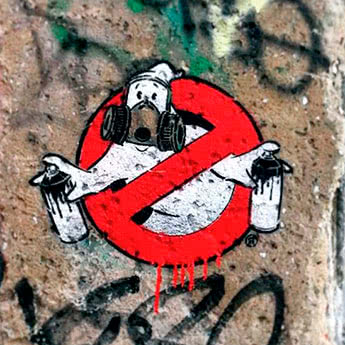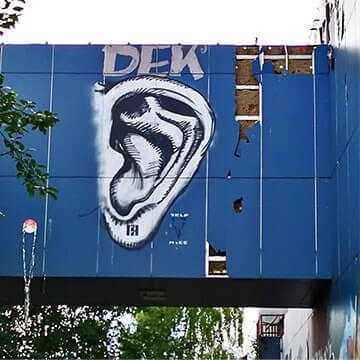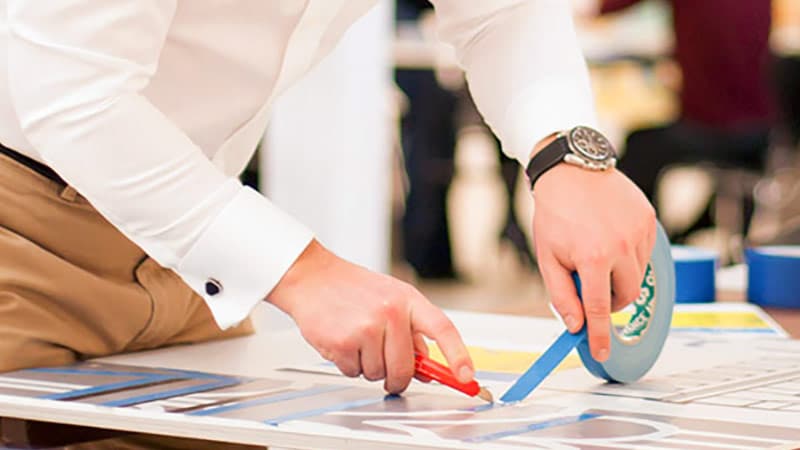What is spray paint art?
Spray paint art is a young art genre that was probably introduced in the 1960s with the proliferation of spray paint. Originally, this material was not intended for making paintings, but for works where large areas were covered with colored enamel. But as you know, art always finds the most unexpected forms and materials.
Spray painting is one of the most important graffiti techniques, using acrylic and permanent markers and some painting tools to create murals and paintings.
Modern spray art has long ceased to exist only on the street — this technique is used to paint large buildings and create small paintings that can be purchased for your private collection.
What material do you use for spray paint art?
Aerosol paint is a mixture of paint and propellant that is stored in a sealed pressurized can and comes out of the aerosol can when the valve button is pressed. The result is a fine, uniform mist that can be easily applied to a variety of surfaces.
The advantages of spray paints include the following:
- They are applied in a thin layer, dry quickly and are not prone to streaking.
- Convenience in painting any complexity: they allow you to create complex color gradients and work with products with unusual shapes and hard-to-reach places.
- The paint in the can is always ready for use; it does not need to be precooked or mixed.
- Storage of aerosol paints does not require special conditions. The cartridge can be used during the period specified by the manufacturer.
- The choice of shades and effects is not limited.
- The resulting layer is very durable, even when applied in a single layer.
Our References (Click on icon):
Let’s discuss your idea
Request for Proposal (RFP) and for Booking of Tape Artist
Our focus & inspirations
We are pleased to be at the forefront of stencil wall painting. We are open to new experiences and are used to solving even the most challenging tasks. It is the freedom of creativity that inspires us. We are interested in different subjects — believe me, we can express a lot with spray paint art.
What are the different types of spray paint available?
Spray paints differ in their composition and purpose for different surfaces:
- Acrylic. The most common type is suitable for all surfaces, such as wood, glass, ceramics, plastic, and metal. The paint is water-based with the addition of pigments. This allows mixing to obtain the desired color.
- Nitrocellulose. Perfect for plastic, metal, glass and wood.
- Alkyd. Used for painting wood and stone.
- Epoxy. They are used for repair and restoration work.
